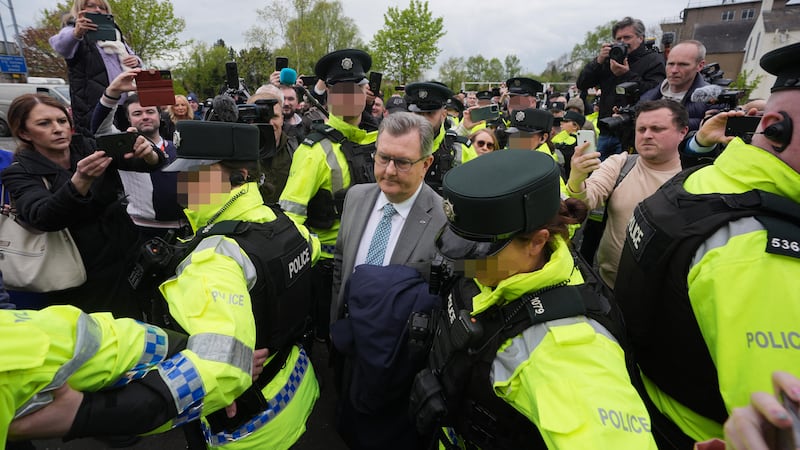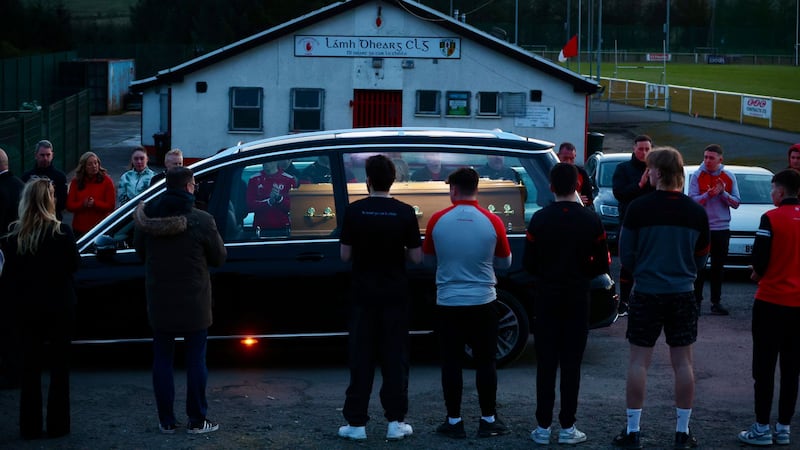THE proportion of Catholics employed in the public sector in Northern Ireland overtook the number of Protestants for the first time in 2020, a new report has shown.
The Equality Commission’s annual Fair Employment Monitoring Report compiles the data certain employers are legally required to record every year on the community background, employment status and sex of their workforce.
Published this week, the 2020 report is based on 105 returns from public authorities and 3,702 private sector businesses.
Of the 556,496 workers monitored, some 44.3 per cent were Protestant, 43.9 per cent Catholic and 11.8 per cent categorised as ‘non-determined’.
After excluding ‘non-determined’ workers, the Equality Commission found the overall monitored workforce in the north stood at 50.2 per cent Protestant and 49.8 per cent Catholic.
It comes just days before the first results from the 2021 Census in Northern Ireland will be published.
A breakdown of the population by age, sex and the number of households will be published on Tuesday. But statistics on the north’s religious make-up will not be released until the autumn.
The last Census in 2011 found 45.1 per cent of the Northern Ireland population were Catholic, with 48.4 per cent from a Protestant background.
The Equality Commission’s annual research has shown the gap between Catholics and Protestants in the north’s workforce steadily closing over the past 30 years.
In 1990, Protestants accounted for 65.1 per cent of the monitored workforce, with Catholics making up just 34.9 per cent. That dropped to 59.7/40.3 in 2001, with the gap in 2020 cut to 50.2 per cent (Protestant) and 49.8 per cent (Catholic).
The Equality Commission said in some areas, Catholics now outnumber Protestants: "For the first time since monitoring began, the share of the total public sector workforce represented by members of the Roman Catholic community (50.1 per cent) was more than the share of the those with a Protestant community background (49.9 per cent).”
In 2020, Catholics made up the larger share in both the health (54 per cent) and education (50.9 per cent) sectors. Protestants continued to hold the larger share in district councils (52.1 per cent) and the Civil Service (51.7 per cent).
In both cases, Catholics have accounted for the greater share of applicants and appointees in recent years, with a higher proportion of Protestants leaving the workforce.
The proportion of Catholics employed in the ‘security-related sector’ remained relatively small in 2020 at 27.1 per cent, compared to 72.9 per cent Protestant. In 2016 the split was 73.8/26.2.
The gap is also closing in the private sector, where Protestants (50.4 per cent) still narrowly outnumber Catholics (49.6 per cent).
The monitoring process does not include the self-employed, school teachers, people on government training schemes or employees at private sector firms with 10 or less staff.
Elsewhere, it showed 52.9 per cent of the monitored workforce in 2020 were female, rising to 66 per cent in the public sector.
The Equality Commission’s chief commissioner Geraldine McGahey said it was time to expand the number of categories recorded in monitoring forms to reflect the diversity of the workforce.
"The inequalities many people face are different now and we need to take account of new challenges," she said.
"Our experiences show that if something is not measured, it is unlikely to be changed. The commission believes it is time for monitoring requirements to be extended to include nationality and ethnic origin. The new assembly must take learnings from implementing the Fair Employment Monitoring Regulations over the past 30 years and apply them in today’s context."



